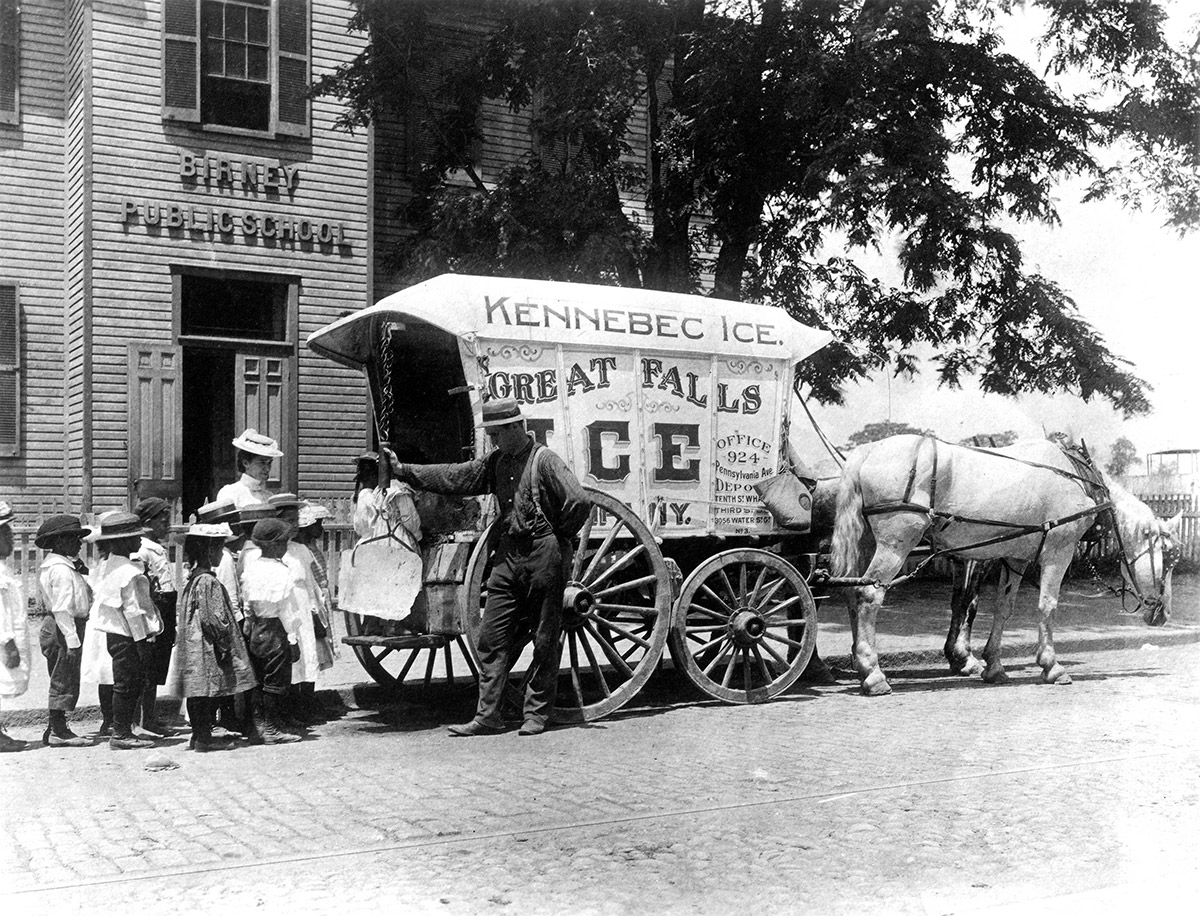Underwood's History
Farming was a mainstay in Underwood North Dakota
Lured by the draw of free land under the Homestead Act of 1862, U.S. citizens and immigrants alike settled the land in North Dakota surveyed by the Lewis and Clark Expedition where the Mandan and Hidatsa tribes had once lived and farmed. Some of these homesteaders came directly from the "old country" (mainly Germans from Russia), and others from areas that would later be known as South Dakota, Minnesota, and Canada. They came by foot, by cart, even by bicycle and started settling the rolling hills and valleys just east of the Missouri River that eventually became the community of Underwood, North Dakota.
Other communities had already sprung up along the Mighty Missouri, also known as the Big Muddy. Among them were Washburn and old Coleharbor, but Underwood came with the progress of a newer, more modern mode of transportation – the railroad. It was the railroad company that filed a plat for the "City of Underwood" in July of 1903. The land was then owned by the Washburn Great Falls Railroad, and the sale of lots for the "metropolis with a future" began the day the plat was filed.
Farming was a mainstay of the local economy, but soon after its incorporation in 1908, the bustling little town had seven general stores, three hardware stores, two drug stores, one confectionery store, one meat market, one harness maker, three blacksmith shops, one clothing store, three hotels, three restaurants, one milliner, four implement dealers, five livery barns, one barber, four lawyers, two doctors, five churches, three lumber yards, six elevators, a flour mill, a telephone exchange, and a newspaper.
In 1909 the town purchased fire fighting equipment, but it proved ineffective against the many fires that plagued the town over the course of the next several decades. The last fire of any magnitude occurred in the 1920's and left the town's school in smoldering ruins. Classes were held in different locations throughout the town until a new two-story brick building could be constructed. The 1925 structure still stands as a symbol of the town's ability to rebuild itself.
The construction of the Garrison Dam and the addition of North American Coal's Falkirk Mine and Great River Energy's Coal Creek Generating Station were great additions to the town's economy because of their boost to area recreational opportunities as well as well-paying job growth. Both of these employers, as well as Blue Flint Ethanol and newly-formed Great American Energy, continue to be great neighbors to Underwood, keeping it and the entire region "energized" and poised for future growth.


